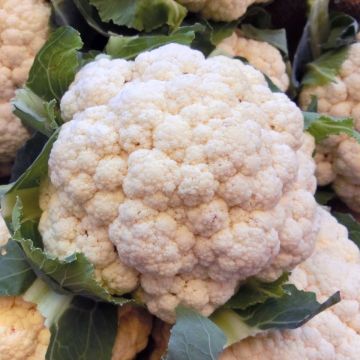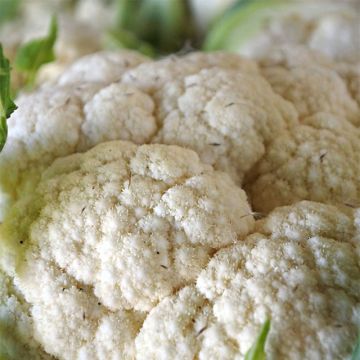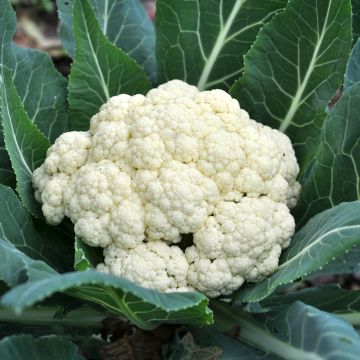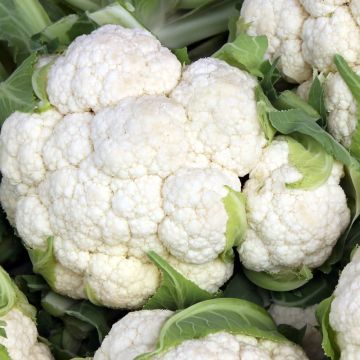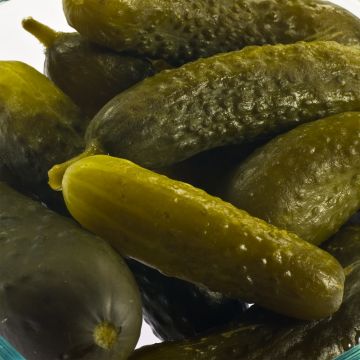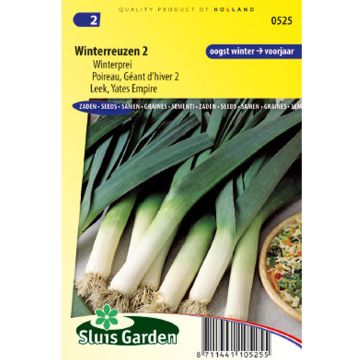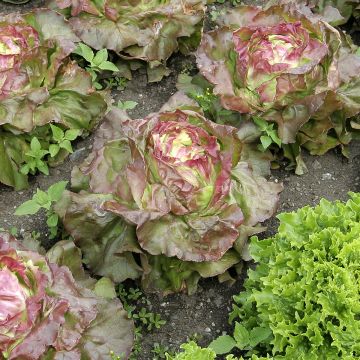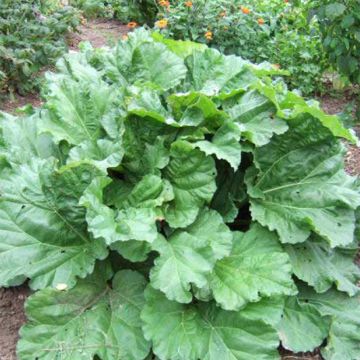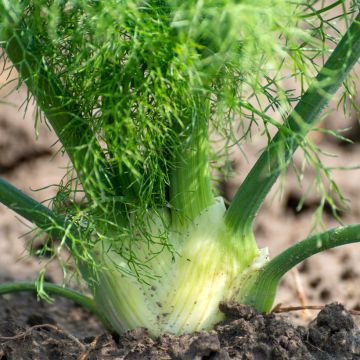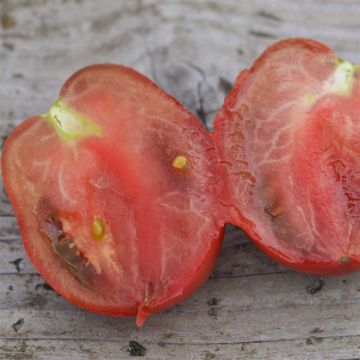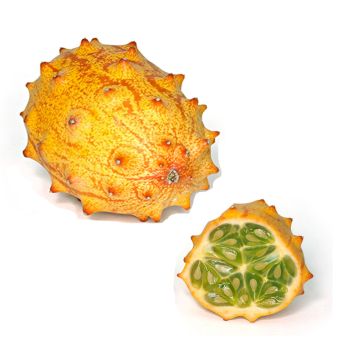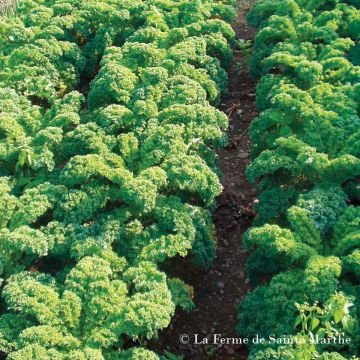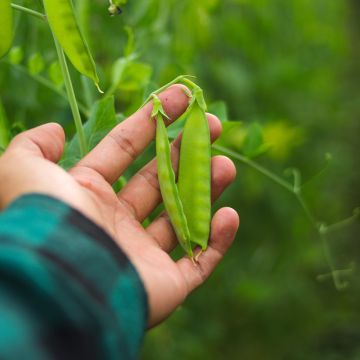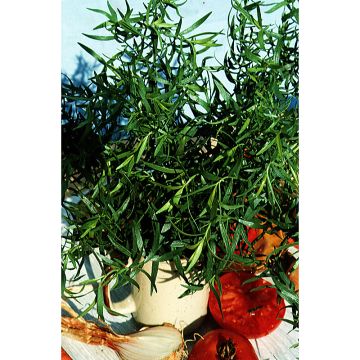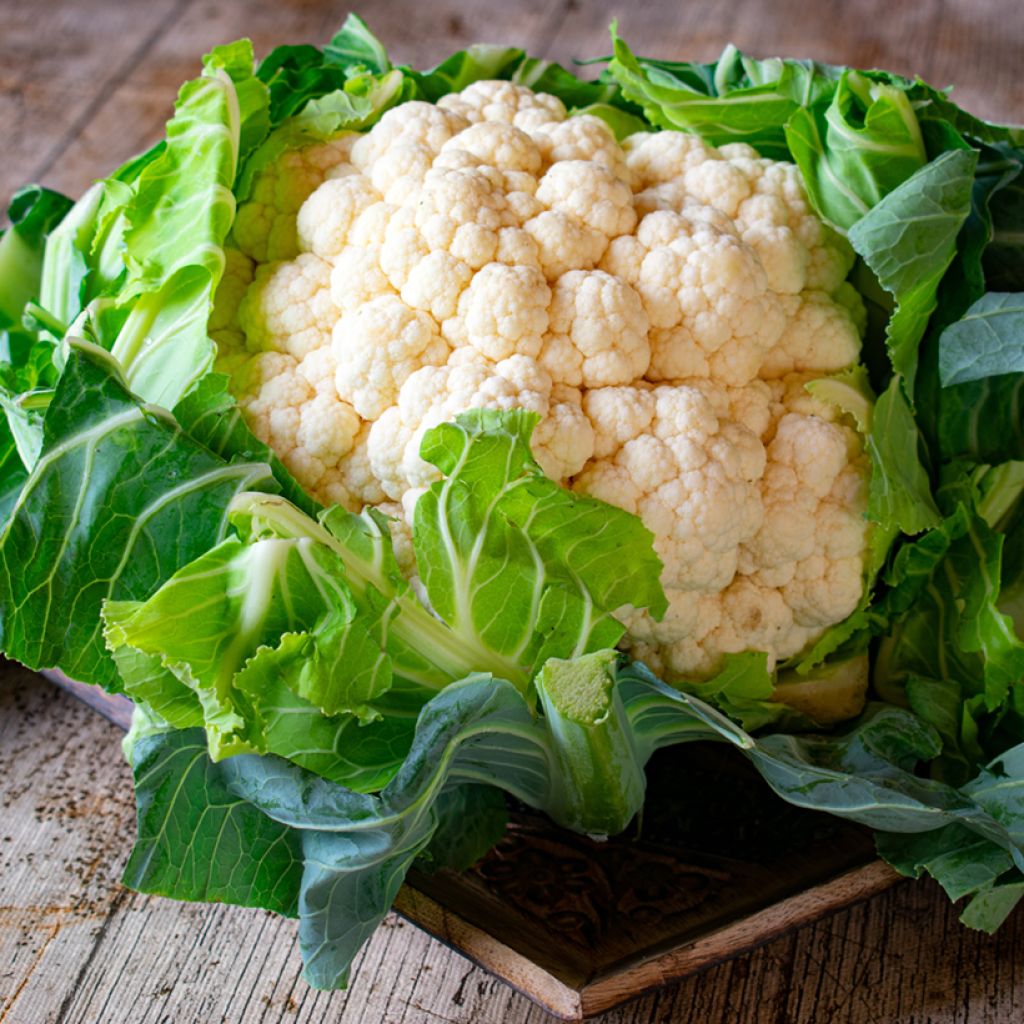

Cauliflower Extra-Early of Angers - Brassica oleracea
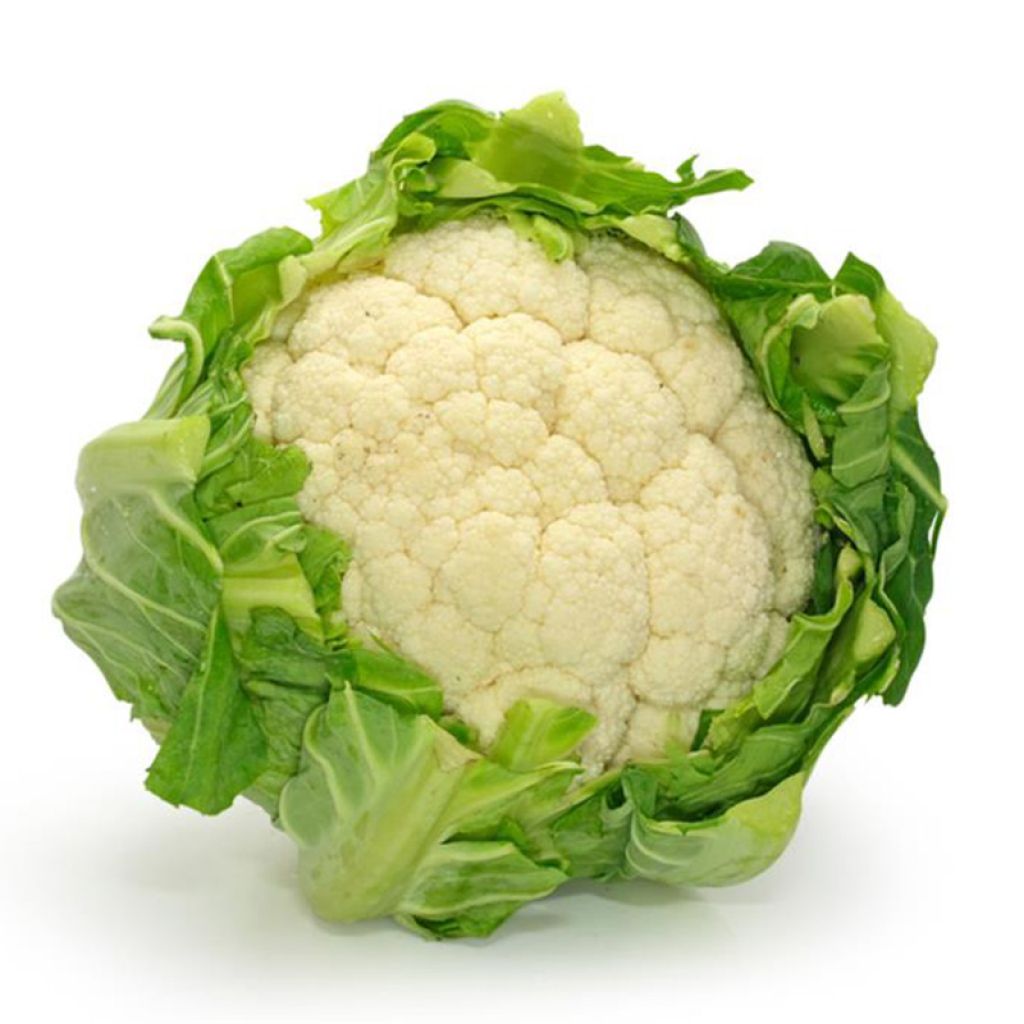

Cauliflower Extra-Early of Angers - Brassica oleracea
Cauliflower Extra-Early of Angers - Brassica oleracea
Brassica oleracea Extra-Hâtif d'Angers
Cauliflower
it germinated well but the rest is random at my place, because of the flea beetles, I didn't protect enough!!!
Sylvie A., 06/11/2018
Why not try an alternative variety in stock?
View all →This plant carries a 6 months recovery warranty
More information
We guarantee the quality of our plants for a full growing cycle, and will replace at our expense any plant that fails to recover under normal climatic and planting conditions.
Seed-only orders are dispatched by sealed envelope. The delivery charge for seed-only orders is €3.90.
Delivery to Corse prohibited: UE law prohibits the import of this plant from mainland France to Corse as part of the fight against Xylella fastidiosa. Please accept our sincere apologies.
More information
Description
The Early Angers Cauliflower is a particularly early and hardy variety that produces large, firm, and fine-grained white heads. This autumn and winter cauliflower is resistant to cold. It can be sown from March to June for a harvest from September to December.
Cauliflowers are flowering vegetables that bear pure white heads. However, in recent years, yellow, orange, and purple varieties have been developed. They belong to the large Brassicaceae family. It is a biennial vegetable plant believed to have originated in China.
First consumed in Germany only 300 years ago, this vegetable has earned a special place in our kitchens as it lends itself to many preparations. It can be consumed raw in salads or cooked. It works well in gratins with béchamel sauce, or accompanied by a curry sauce that complements its flavour very well. It is a low-calorie vegetable that is rich in vitamin C.
There are many varieties of cauliflower, and each corresponds to a specific growing period that should be respected. By carefully choosing your seeds, you can have this vegetable all year round.
Cauliflower is a demanding vegetable, requiring excellent organic fertiliser and regular moisture.
Harvest: it should be harvested when its head is compact. Simply cut it at ground level.
Storage: it does not store very well. It is best to consume it quickly after harvesting. It can be kept for a few days in the refrigerator. You can also freeze it after blanching it for 3 minutes in salted boiling water.
Gardener's tip: cabbage white butterflies (Pieris brassicae) can be a problem. This cream-white butterfly with small black spots wakes up from April-May to wreak havoc all summer by devouring brassica leaves. While spraying a solution based on Bacillus thuringiensis is an acceptable curative measure, we prefer a preventative approach by installing an insect-proof netting tightly on market garden hoops. These nets are easy to set up and are reusable.
Report an error about the product description
Harvest
Plant habit
Foliage
Botanical data
Brassica
oleracea
Extra-Hâtif d'Angers
Brassicaceae
Cauliflower
Cultivar or hybrid
Annual
Other Cauliflower seeds
Planting and care
Sowing
The germination temperature is around 12°C (53.6°F). Germination takes about 14 days.
It is sown from March to June for a harvest from September to December.
You can either directly sow it in place or prepare seedlings that will later be planted in their final position in the garden.
Seedling preparation
From late autumn to late spring, sow at home or in a heated shelter. Alternatively, sow in a cold greenhouse or nursery for the rest of the year. Sow the cauliflower seeds to a depth of 1cm in a tray filled with good seed compost. Cover lightly with compost or vermiculite. Cover with the transparent lid of the tray or plastic film until germination. Keep the substrate moist but not waterlogged.
When the young plants appear strong enough to handle, transplant them into pots. For seedlings in a heated greenhouse, gradually acclimatise them to cooler temperatures before transplanting them to the garden, when there is no longer any risk of frost.
Direct sowing
In properly amended and finely worked soil, make furrows about 1cm deep, spaced 60cm (24in) apart. Sow the seeds and cover them with a thin layer of fine soil. When the seedlings are developed, thin them out, leaving one plant every 60cm (24in) or so.
Cultivation
Cauliflower is a demanding vegetable that requires fertilised soil that is rich in nitrogen and potash. In autumn, apply well-rotted compost (approximately 3 kg per m²) by raking it into the soil to a depth of 5cm (2in), after having loosened the soil. Soil pH should be between 5.6 and 6.5. In acidic soil, it is necessary to gradually raise the pH by adding calcium in the form of dolomite or lime.
Cauliflower, like all brassicas, is quite susceptible to diseases such as clubroot. Pests can also be a problem (cabbage white butterfly, cabbage fly, flea beetle, onion fly). It is very important to pay attention to crop rotations.
It is beneficial to plant cauliflower with other plants, such as tomatoes and lettuce. However, avoid planting it near other brassicas, courgettes, fennel, lamb's lettuce, leeks, and strawberries.
Seedlings
Care
Intended location
-
, onOrder confirmed
Reply from on Promesse de fleurs
Vegetable seeds
Haven't found what you were looking for?
Hardiness is the lowest winter temperature a plant can endure without suffering serious damage or even dying. However, hardiness is affected by location (a sheltered area, such as a patio), protection (winter cover) and soil type (hardiness is improved by well-drained soil).

Photo Sharing Terms & Conditions
In order to encourage gardeners to interact and share their experiences, Promesse de fleurs offers various media enabling content to be uploaded onto its Site - in particular via the ‘Photo sharing’ module.
The User agrees to refrain from:
- Posting any content that is illegal, prejudicial, insulting, racist, inciteful to hatred, revisionist, contrary to public decency, that infringes on privacy or on the privacy rights of third parties, in particular the publicity rights of persons and goods, intellectual property rights, or the right to privacy.
- Submitting content on behalf of a third party;
- Impersonate the identity of a third party and/or publish any personal information about a third party;
In general, the User undertakes to refrain from any unethical behaviour.
All Content (in particular text, comments, files, images, photos, videos, creative works, etc.), which may be subject to property or intellectual property rights, image or other private rights, shall remain the property of the User, subject to the limited rights granted by the terms of the licence granted by Promesse de fleurs as stated below. Users are at liberty to publish or not to publish such Content on the Site, notably via the ‘Photo Sharing’ facility, and accept that this Content shall be made public and freely accessible, notably on the Internet.
Users further acknowledge, undertake to have ,and guarantee that they hold all necessary rights and permissions to publish such material on the Site, in particular with regard to the legislation in force pertaining to any privacy, property, intellectual property, image, or contractual rights, or rights of any other nature. By publishing such Content on the Site, Users acknowledge accepting full liability as publishers of the Content within the meaning of the law, and grant Promesse de fleurs, free of charge, an inclusive, worldwide licence for the said Content for the entire duration of its publication, including all reproduction, representation, up/downloading, displaying, performing, transmission, and storage rights.
Users also grant permission for their name to be linked to the Content and accept that this link may not always be made available.
By engaging in posting material, Users consent to their Content becoming automatically accessible on the Internet, in particular on other sites and/or blogs and/or web pages of the Promesse de fleurs site, including in particular social pages and the Promesse de fleurs catalogue.
Users may secure the removal of entrusted content free of charge by issuing a simple request via our contact form.
The flowering period indicated on our website applies to countries and regions located in USDA zone 8 (France, the United Kingdom, Ireland, the Netherlands, etc.)
It will vary according to where you live:
- In zones 9 to 10 (Italy, Spain, Greece, etc.), flowering will occur about 2 to 4 weeks earlier.
- In zones 6 to 7 (Germany, Poland, Slovenia, and lower mountainous regions), flowering will be delayed by 2 to 3 weeks.
- In zone 5 (Central Europe, Scandinavia), blooming will be delayed by 3 to 5 weeks.
In temperate climates, pruning of spring-flowering shrubs (forsythia, spireas, etc.) should be done just after flowering.
Pruning of summer-flowering shrubs (Indian Lilac, Perovskia, etc.) can be done in winter or spring.
In cold regions as well as with frost-sensitive plants, avoid pruning too early when severe frosts may still occur.
The planting period indicated on our website applies to countries and regions located in USDA zone 8 (France, United Kingdom, Ireland, Netherlands).
It will vary according to where you live:
- In Mediterranean zones (Marseille, Madrid, Milan, etc.), autumn and winter are the best planting periods.
- In continental zones (Strasbourg, Munich, Vienna, etc.), delay planting by 2 to 3 weeks in spring and bring it forward by 2 to 4 weeks in autumn.
- In mountainous regions (the Alps, Pyrenees, Carpathians, etc.), it is best to plant in late spring (May-June) or late summer (August-September).
The harvesting period indicated on our website applies to countries and regions in USDA zone 8 (France, England, Ireland, the Netherlands).
In colder areas (Scandinavia, Poland, Austria...) fruit and vegetable harvests are likely to be delayed by 3-4 weeks.
In warmer areas (Italy, Spain, Greece, etc.), harvesting will probably take place earlier, depending on weather conditions.
The sowing periods indicated on our website apply to countries and regions within USDA Zone 8 (France, UK, Ireland, Netherlands).
In colder areas (Scandinavia, Poland, Austria...), delay any outdoor sowing by 3-4 weeks, or sow under glass.
In warmer climes (Italy, Spain, Greece, etc.), bring outdoor sowing forward by a few weeks.

































